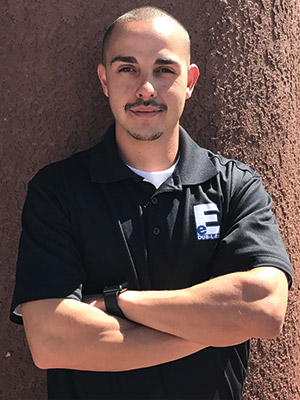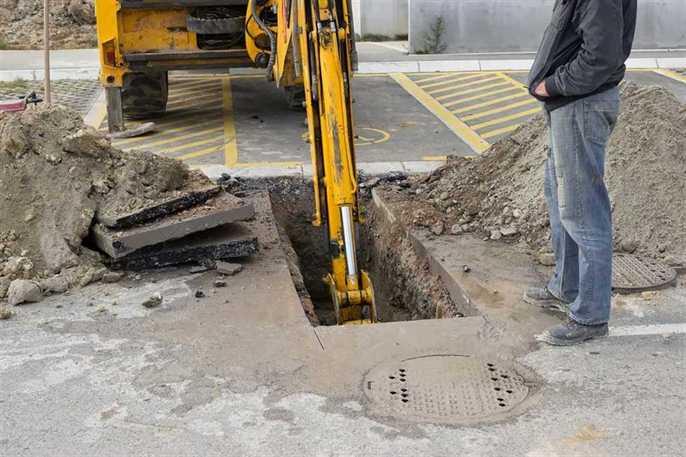Sewer repair is, as you can imagine, a pretty complicated process. You’ll notice that you don’t see a giant sewer line traveling through your property; that’s because the sewer line is underground. Repairing it, then, is a real challenge, because you need to get underground.
Or do you?
Trenchless sewer repair is very appropriately named – you don’t need to dig a trench to use this method. That means a whole lot less destruction of your property, and much less time spent actually repairing the sewer. That means you’ll be able to use your plumbing again a lot more quickly.
There are a number of different trenchless techniques, and each of them can be used in particular circumstances. One of the few cons of trenchless techniques is that they can’t be used on sewer pipes that have sustained excessive damage or that have back pitched. They use the structure of the existing pipe, so if it has totally collapsed, trenchless techniques won’t help.
For those who aren’t aware, back pitching occurs when a sewer line is poorly constructed and begins pitching backwards – this causes sewage to pour toward your home instead of away from it. In these circumstances, the part of the sewer line that is back pitched will need to be rebuilt, which may well involve releveling your yard – a process that will certainly involve some digging.
Trenchless techniques include cured-in-place-piping (CIPP), spray lining, pipe bursting, and slip lining. Slip lining is a technique that’s usually reserved for commercial and industrial customers because the process involves putting in a lining that reduces the pipe’s diameter. In residential pipes, this will often reduce the diameter too drastically.
Pipe bursting is among the least expensive trenchless methods (they’re all generally less pricey than trenched methods, with a few exceptions). The problem with this method is that it’s not entirely trenchless; two pits need to be dug. That means you’ll need a fairly long pipe – the pits need to be a certain distance apart to keep the ground stable. On the plus side, the newly installed pipe can last for decades.
Spray lining is a very efficient technique that only takes hours to complete. The resin has to dry, however, so you’re probably going to be without plumbing for about a day. This tends to be the least expensive trenchless method, but the results can be less long-lasting than some other methods – about 15 years.
CIPP is one of our favorite trenchless methods, because it’s an excellent combination of value and longevity. CIPP only takes two or three days (as opposed to the weeks it can often take for trenched methods), and it can last for decades. It’s also a fraction of the cost of trenched methods. We’re proud to use Perma-Liner for our CIPP projects.
Looking for sewer lining services in Albuquerque? It doesn’t matter if you’re a homeowner or a business owner, or even if you work for a municipality – we’re here to help. We’ve tackled sewer lining projects of all shapes and sizes. We’ll help you find the best trenchless technique for your needs and budget, and get the project done right. If we find a trenchless technique isn’t suitable, we’ll tell you why, and help you move forward with a trench technique.

Eddie has been a resident of Albuquerque his entire life.
After he graduated from high school, Eddie joined the Plumbers & Pipefitters Union where he obtained his Journeyman Plumber and Journeyman Gas Certifications. He then worked in the commercial plumbing industry for 7 years until he and his father decided to go into business together and started Dub-L-EE, LLC.
In the last 7 years Eddie has obtained his GA02, GA03, and MM98 certifications allowing Dub-L-EE to fully utilize Eddie Sr. and Eddie Jr.’s expertise in the construction industry.

